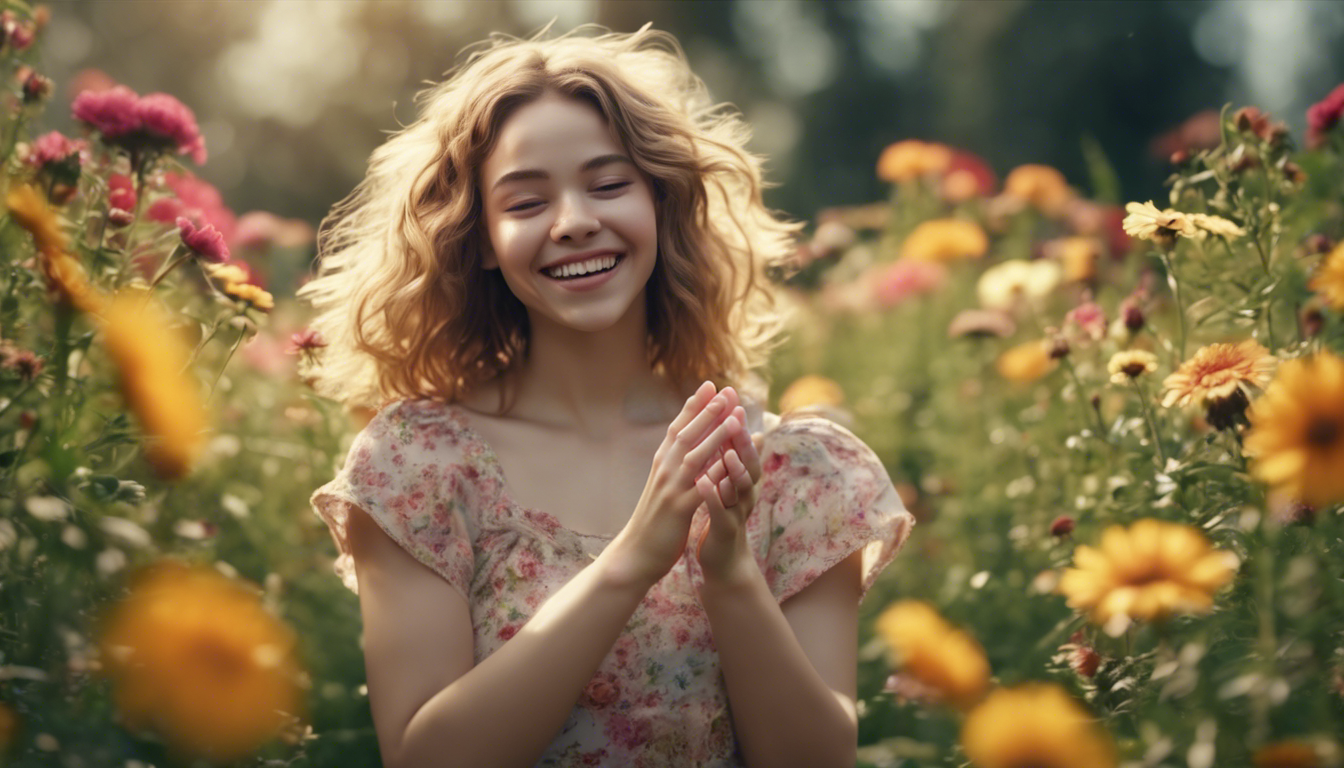facerestoration
Maintainer: omniedgeio

2

| Property | Value |
|---|---|
| Model Link | View on Replicate |
| API Spec | View on Replicate |
| Github Link | No Github link provided |
| Paper Link | No paper link provided |
Create account to get full access
Model overview
The facerestoration model is a tool for restoring and enhancing faces in images. It can be used to improve the quality of old photos or AI-generated faces. This model is similar to other face restoration models like GFPGAN, which is designed for old photos, and Real-ESRGAN, which offers face correction and upscaling. However, the facerestoration model has its own unique capabilities.
Model inputs and outputs
The facerestoration model takes an image as input and can optionally scale the image by a factor of up to 10x. It also has a "face enhance" toggle that can be used to further improve the quality of the faces in the image.
Inputs
- Image: The input image
- Scale: The factor to scale the image by, from 0 to 10
- Face Enhance: A toggle to enable face enhancement
Outputs
- Output: The restored and enhanced image
Capabilities
The facerestoration model can improve the quality of faces in images, making them appear sharper and more detailed. It can be used to restore old photos or to enhance the faces in AI-generated images.
What can I use it for?
The facerestoration model can be a useful tool for various applications, such as photo restoration, creating high-quality portraits, or improving the visual fidelity of AI-generated images. For example, a photographer could use this model to restore and enhance old family photos, or a designer could use it to create more realistic-looking character portraits for a game or animation.
Things to try
One interesting way to use the facerestoration model is to experiment with the different scale and face enhancement settings. By adjusting these parameters, you can achieve a range of different visual effects, from subtle improvements to more dramatic transformations.
This summary was produced with help from an AI and may contain inaccuracies - check out the links to read the original source documents!
Related Models

face-swap

1.8K
The face-swap model is a tool for face swapping, allowing you to adapt a face from one image onto another. This can be useful for creative projects, photo editing, or even visual effects. It is similar to other models like facerestoration, GFPGAN, become-image, and face-to-many, which also work with face manipulation in various ways. Model inputs and outputs The face-swap model takes two images as input - the "swap" or source image, and the "target" or base image. It then outputs a new image with the face from the swap image placed onto the target image. Inputs swap_image**: The image containing the face you want to swap target_image**: The image you want to place the new face onto Outputs A new image with the swapped face Capabilities The face-swap model can realistically place a face from one image onto another, preserving lighting, shadows, and other details for a natural-looking result. It can be used for a variety of creative projects, from photo editing to visual effects. What can I use it for? You can use the face-swap model for all sorts of creative projects. For example, you could swap your own face onto a celebrity portrait, or put a friend's face onto a character in a movie. It could also be used for practical applications like restoring old photos or creating visual effects. Things to try One interesting thing to try with the face-swap model is to experiment with different combinations of source and target images. See how the model handles faces with different expressions, lighting, or angles. You can also try pairing it with other AI models like real-esrgan for additional photo editing capabilities.
Updated Invalid Date

hands-restoration

2
The hands-restoration model is a tool for restoring and enhancing images of hands. It can be used to improve the quality and appearance of hand images, making them clearer and more visually appealing. This model is similar to other face and image restoration models like facerestoration, gfpgan, codeformer, realesrgan, and swinir, which focus on restoring and enhancing different types of images. Model inputs and outputs The hands-restoration model takes an input image, and can optionally randomize the seeds used during the restoration process. The output is one or more restored images, which can include any temporary files generated during the restoration process. Inputs input_file**: The input image, which can be provided as a file URL or uploaded as a single file or ZIP/tar archive. function_name**: The specific function to use, in this case "hand_restoration". randomise_seeds**: A boolean flag to automatically randomize the seeds used during restoration. return_temp_files**: A boolean flag to return any temporary files generated during the restoration process, which can be useful for debugging. Outputs One or more restored images, returned as a list of file URLs. Capabilities The hands-restoration model is capable of improving the appearance and quality of hand images, making them clearer and more visually appealing. It can be used to enhance old or low-quality hand photos, as well as images of hands generated by AI models. What can I use it for? The hands-restoration model can be useful for a variety of applications, such as: Improving the quality of hand images for use in art, design, or e-commerce projects. Restoring and enhancing old or damaged hand photos. Enhancing the appearance of hands in AI-generated images or artwork. Integrating the restoration capabilities into creative workflows or applications that involve hand imagery. Things to try One interesting thing to try with the hands-restoration model is to experiment with different input images and see how the restoration process affects the appearance of the hands. You could try images with varying levels of quality, different lighting conditions, or even AI-generated hand images, and observe how the model performs. Additionally, you could explore the impact of the "randomise_seeds" and "return_temp_files" options to see how they affect the restoration process and the final output.
Updated Invalid Date

gfpgan

76.7K
gfpgan is a practical face restoration algorithm developed by the Tencent ARC team. It leverages the rich and diverse priors encapsulated in a pre-trained face GAN (such as StyleGAN2) to perform blind face restoration on old photos or AI-generated faces. This approach contrasts with similar models like Real-ESRGAN, which focuses on general image restoration, or PyTorch-AnimeGAN, which specializes in anime-style photo animation. Model inputs and outputs gfpgan takes an input image and rescales it by a specified factor, typically 2x. The model can handle a variety of face images, from low-quality old photos to high-quality AI-generated faces. Inputs Img**: The input image to be restored Scale**: The factor by which to rescale the output image (default is 2) Version**: The gfpgan model version to use (v1.3 for better quality, v1.4 for more details and better identity) Outputs Output**: The restored face image Capabilities gfpgan can effectively restore a wide range of face images, from old, low-quality photos to high-quality AI-generated faces. It is able to recover fine details, fix blemishes, and enhance the overall appearance of the face while preserving the original identity. What can I use it for? You can use gfpgan to restore old family photos, enhance AI-generated portraits, or breathe new life into low-quality images of faces. The model's capabilities make it a valuable tool for photographers, digital artists, and anyone looking to improve the quality of their facial images. Additionally, the maintainer tencentarc offers an online demo on Replicate, allowing you to try the model without setting up the local environment. Things to try Experiment with different input images, varying the scale and version parameters, to see how gfpgan can transform low-quality or damaged face images into high-quality, detailed portraits. You can also try combining gfpgan with other models like Real-ESRGAN to enhance the background and non-facial regions of the image.
Updated Invalid Date

gfpgan

10.2K
gfpgan is a practical face restoration algorithm developed by Tencent ARC, aimed at restoring old photos or AI-generated faces. It leverages rich and diverse priors encapsulated in a pretrained face GAN (such as StyleGAN2) for blind face restoration. This approach is contrasted with similar models like Codeformer which also focus on robust face restoration, and upscaler which aims for general image restoration, while ESRGAN specializes in image super-resolution and GPEN focuses on blind face restoration in the wild. Model inputs and outputs gfpgan takes in an image as input and outputs a restored version of that image, with the faces improved in quality and detail. The model supports upscaling the image by a specified factor. Inputs img**: The input image to be restored Outputs Output**: The restored image with improved face quality and detail Capabilities gfpgan can effectively restore old or low-quality photos, as well as faces in AI-generated images. It leverages a pretrained face GAN to inject realistic facial features and details, resulting in natural-looking face restoration. The model can handle a variety of face poses, occlusions, and image degradations. What can I use it for? gfpgan can be used for a range of applications involving face restoration, such as improving old family photos, enhancing AI-generated avatars or characters, and restoring low-quality images from social media. The model's ability to preserve identity and produce natural-looking results makes it suitable for both personal and commercial use cases. Things to try Experiment with different input image qualities and upscaling factors to see how gfpgan handles a variety of restoration scenarios. You can also try combining gfpgan with other models like Real-ESRGAN to enhance the non-face regions of the image for a more comprehensive restoration.
Updated Invalid Date